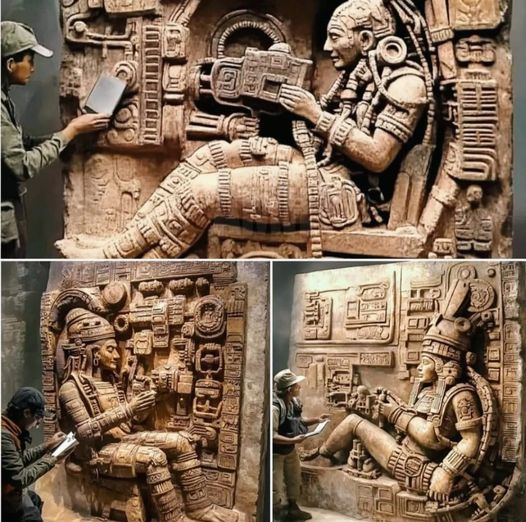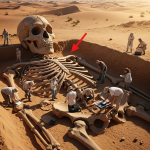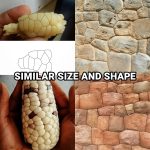Ancient Astronaut or Artistic Symbolism? The Mystery of Pakal the Great’s Sarcophagus Lid

Deep within the Temple of the Inscriptions in Palenque, Mexico, lies a tomb that has captivated historians and theorists alike for decades. The 1,300-year-old limestone sarcophagus lid of Maya ruler K’inich Janaab’ Pakal, more famously known as Pakal the Great, has sparked intense debate due to its intricate and puzzling design. The most striking detail? A scene that—at first glance—appears to depict a man reclining in a futuristic cockpit, complete with what some interpret as pedals, controls, and a breathing apparatus. The resemblance to a modern spacecraft is so compelling that it has become a cornerstone of the ancient astronaut theory.

On the left side of the viral image, a 3D reconstruction inspired by this interpretation vividly brings the carving to life. The human figure, adorned in traditional Maya ornaments, is positioned as if navigating a complex mechanical structure—echoing the same posture and features from the original sarcophagus relief on the right. To proponents of the ancient alien hypothesis, this isn’t just coincidence—it’s evidence of advanced knowledge or possible extraterrestrial contact with ancient Mesoamerican civilizations.

However, mainstream archaeologists firmly assert that the carving is a deeply symbolic depiction of Pakal’s journey to the underworld (Xibalba). The so-called “cockpit” is actually the World Tree, a sacred symbol in Maya cosmology, and the various elements surrounding Pakal represent mythological creatures and spiritual transitions after death. While the debate rages on, the lid of Pakal’s sarcophagus remains one of the most mysterious and hotly discussed artifacts of the ancient world—a stunning testament to both the complexity of Maya art and the enduring power of imagination.











